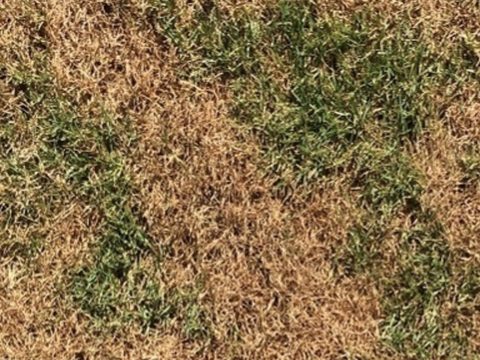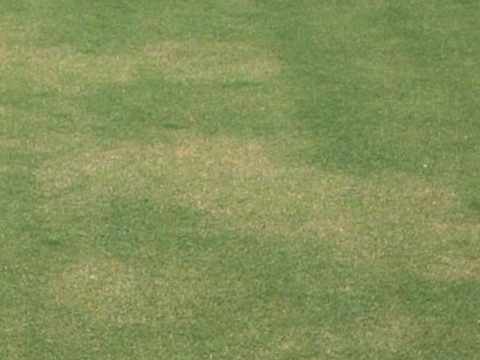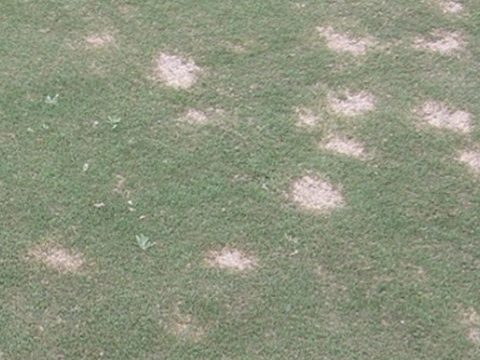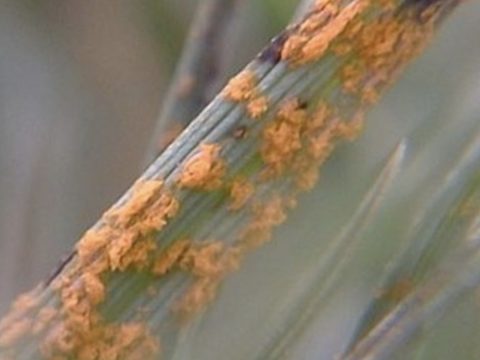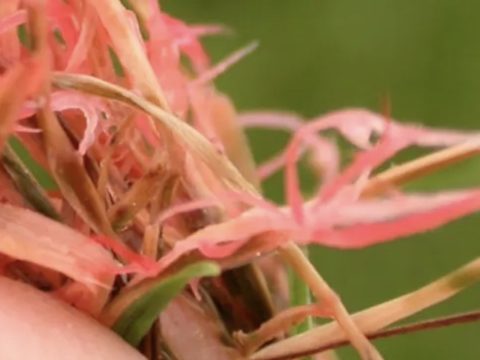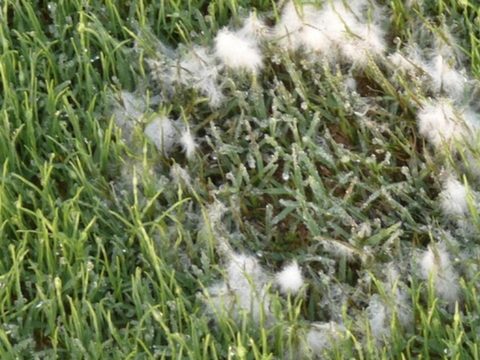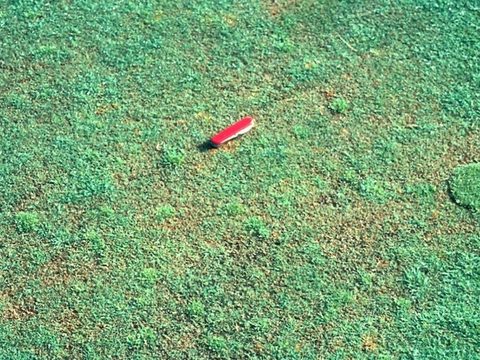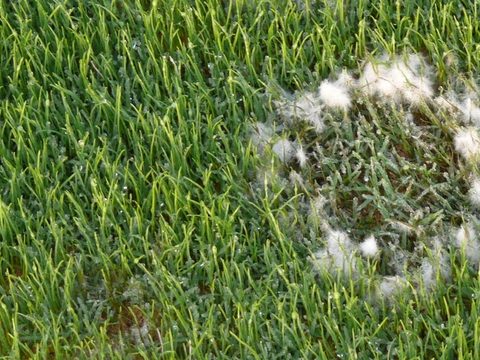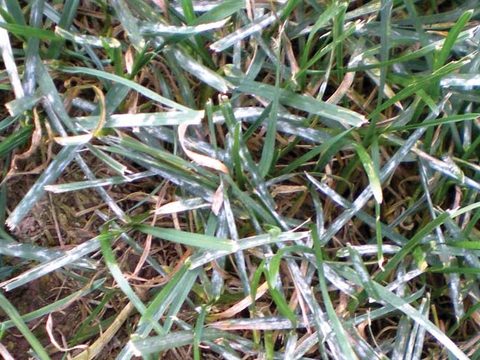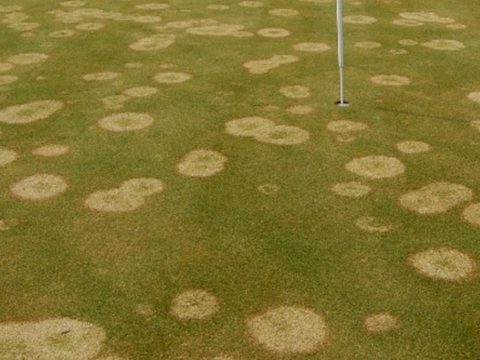Autumn Golf Course Turf Care
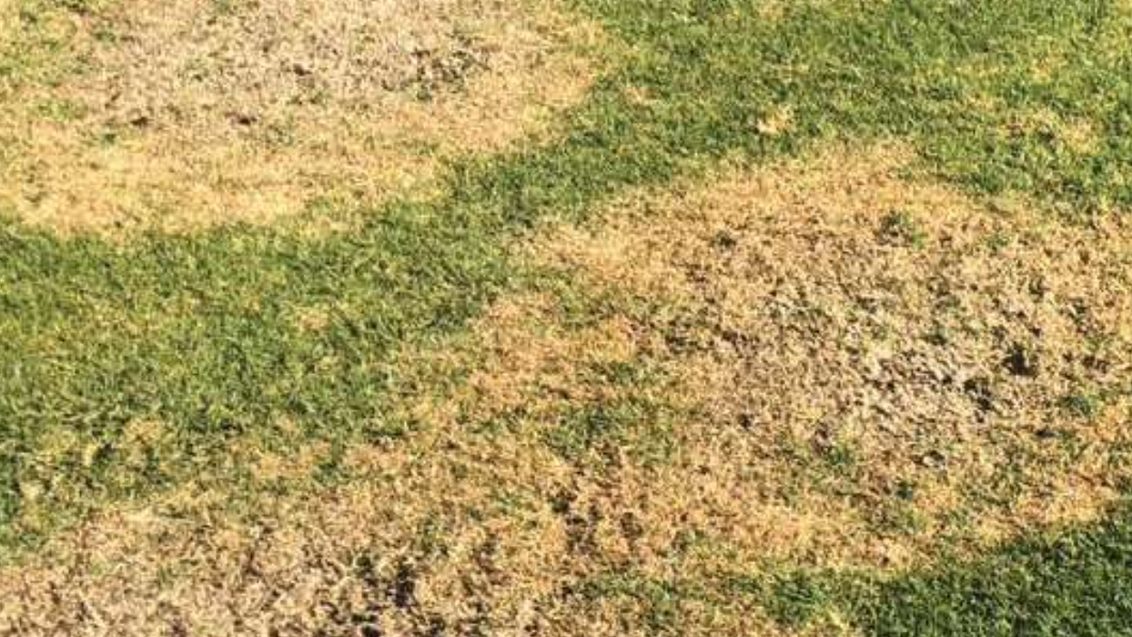
If you are growing warm season turf - Bermuda, Paspalum or Kikuyu - your autumn applications will greatly determine your turf quality in the upcoming Spring & Summer.. This is a critical time for a "soil clean up".
Kikuyu in South Africa has been hit hard by a disease called Large Patch. If treated in autumn every year this disease is easily contained. However should you choose to ignore it, it will spread & become costly to control.
Poa germination is at its peak in April & Autumn. If you don't want to encourage poa germination then it would be best not to hollow tyne in those two months. Poa seed can live in the ground for 90 + years. It can be a wonderful playing surface or an awful weed which is tough to keep at bay.
Pennant Magnum (a pre-emergent golf turf herbicide) can be tank mixed with Headway Maxx to prevent poa seed germinated in autumn.
Autumn treatment is a vital tool to ensure a healthy winter. This can be a small hollow-tyne of 8 - 12 mm. Plants thrive in a healthy soil.
Short cuts in cultural practises lead to a poor playing surface & shorten the lifespan of greens. Like they say - no pain no gain.
Greens usually looking their best when we tackle spring & autumn treatment - a small sacrifice for a fantastic playing surface.
Large Patch
Symptoms:
Large 'Patch appears as rings or patches of blighted turfgrass that measure 12cm to 3m or more, in diameter.
Patches are brown to yellow in appearance, with a possible "orange firing" at the periphery of the patches. Small reddish-brown colored leaf spots occur on leaf sheaths, stems, and stolons.
After the leaves die in the blighted area, new leaves can emerge from the surviving crowns. If the turfgrass is still green, the disease is most apparent down in the canopy, especially around the leaf sheaths as discolored/blackened lesions - when pulled lightly, these leaves detach very easily and are sometimes green above the damaged sheath
Conditions Favouring Large Patch Turf Disease:
The symptoms of Large Patch can vary depending on the turfgrass cultivar, or climatic and atmospheric conditions, soil type and texture, and intensity of the turfgrass management.
This disease is favored by high relative humidity, as well as temperatures of 10c to 10c at night in late fall or early spring. Infection is most likely when soil temperatures at a 5-10cm depth decrease to 18°C.
This is the period to apply preventative fungicides.
Large Patch infestation is more severe when the turf has high levels of thatch or is fertilized with nitrogen late in the season.
Management Tips:
- Maintain balanced fertility.
- Avoid nitrogen applications in the late fall through early spring when the pathogen is active.
- Increase the air circulation.
- Avoid over watering.
- Improve soil drainage.
- Reduce thatch.
- Treat in March and early spring.
- 2 litres/ha Headway Maxx for fairways (Do a follow-up application 21 days later).
- Water volume 750 - 1000lt/ha water.
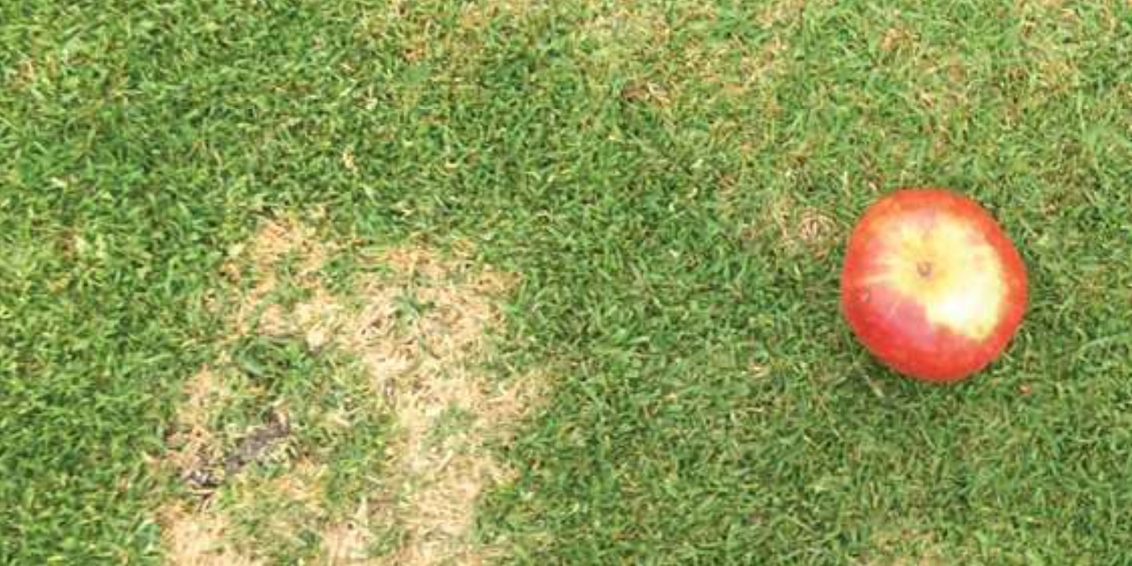
This article was written by Sue de Zwart, Talking Turf and originally appeared in South Africa Golf Trader.


